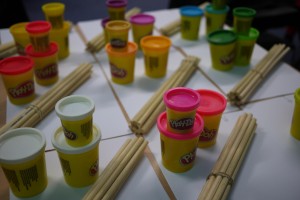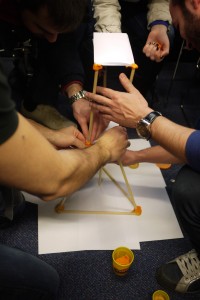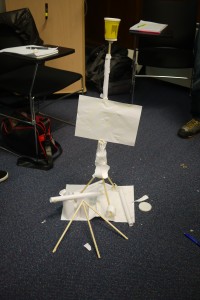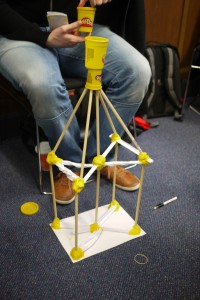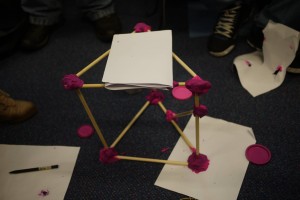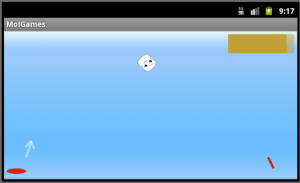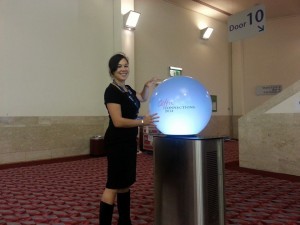 As part of my current project, I am working with Pufferfish Ltd to evaluate spherical displays in public spaces. One of our exciting installations combines my research and my love of Scottish music. We’re working with Celtic Connections to install the PufferSphere display in the concert hall for the whole opening weekend of the festival. It’s an exciting place to be and also my first public engagement since starting my SICSA Fellowship. It’s been a wild ride but we’ve pulled it off with style.
As part of my current project, I am working with Pufferfish Ltd to evaluate spherical displays in public spaces. One of our exciting installations combines my research and my love of Scottish music. We’re working with Celtic Connections to install the PufferSphere display in the concert hall for the whole opening weekend of the festival. It’s an exciting place to be and also my first public engagement since starting my SICSA Fellowship. It’s been a wild ride but we’ve pulled it off with style.
The official news item…
Computer scientists plan to make Celtic Connection with global project
Visitors to the 21st Celtic Connections festival will have the chance to hold the world in their hands at Glasgow Royal Concert Hall from today (Thursday 16 January).
Researchers from the University of Glasgow’s School of Computing Science have teamed up with Edinburgh-based display developer Pufferfish Ltd to create an eye-catching illuminated globe which will provide information on 25 of the festival’s top acts.
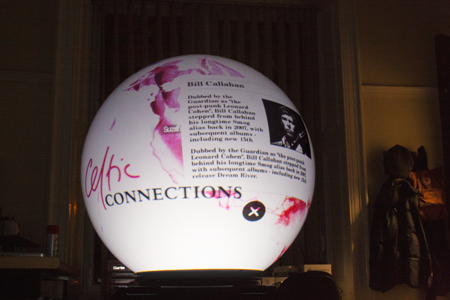
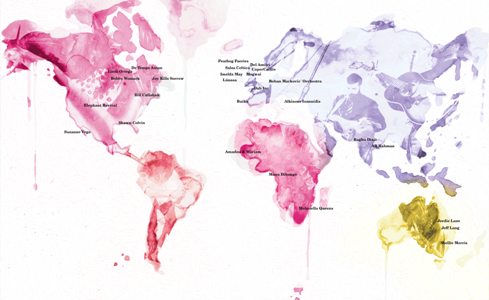
A computer-controlled display will project a high-resolution image of a world map onto the 600-mm spherical display’s touch-sensitive surface. Users can ‘spin’ the image, which is marked with the locations of artists’ home cities, and tap on artists’ names to find out more about their work and festival gigs.
In addition to providing an unusual source of useful information to Concert Hall visitors, a set of small cameras placed around the display will provide the research team with feedback on their reactions.
Research associate Dr Julie Williamson, who led the project, said: “This is the result of four months of work to develop the content to show on the PufferSphere display and determine how we could best measure visitors’ responses.
“We’re really interested in finding out more about how technology influences pedestrian traffic in public spaces, a process we call performative interaction. We want to know how long people spend at the display and whether they use it alone or in groups. We wanted to get involved with Celtic Connections because it attracts so many visitors from around the world and we were delighted when they agreed to help.
“We’re planning to continue our research with another public display at the University campus next month.”
Dr Williamson worked on the project with product designer Daniel Sundén and Pufferfish Ltd’s software manager Dr Jay Bradley and sales and marketing manager Ben Allan.
News Release: http://www.gla.ac.uk/news/headline_302743_en.html

